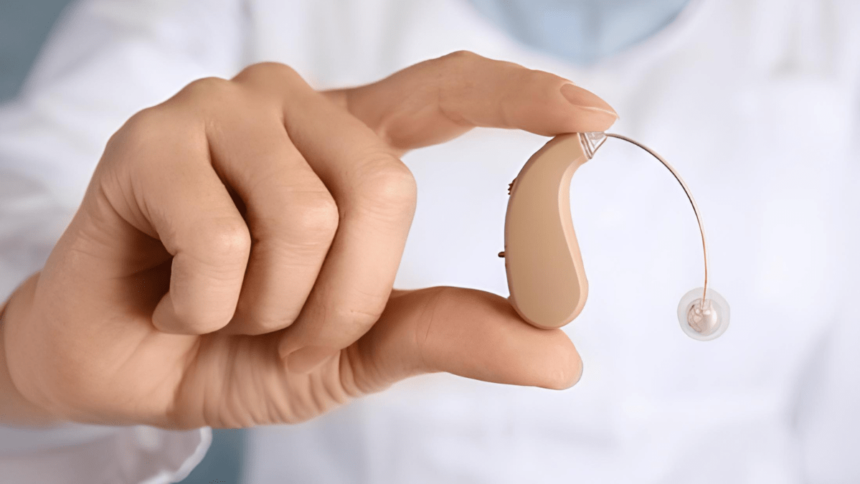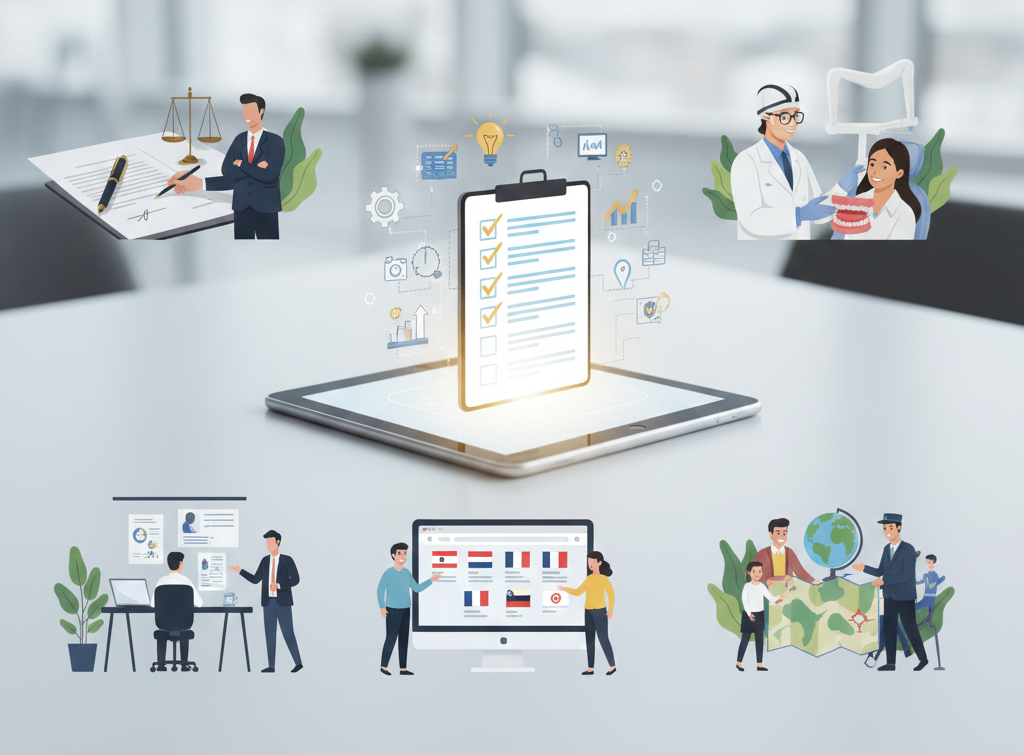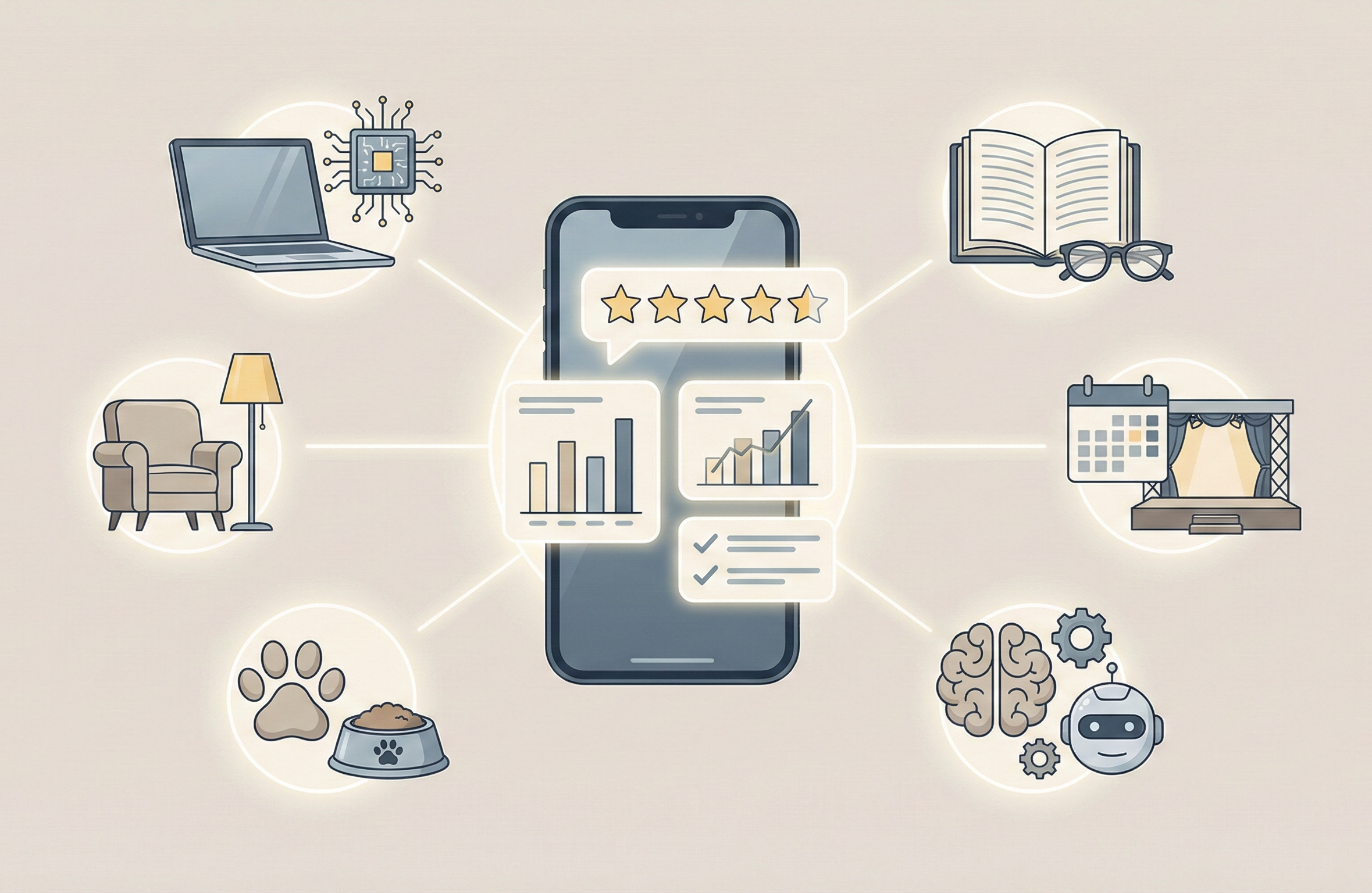Hearing aids have come a long way in recent years, evolving from basic devices that simply amplify sound to highly advanced, smart technologies that enhance our connection with the world around us. For millions of people across the globe, hearing aids are not just about improving sound-they’re transforming lives. As we look toward 2025, hearing aids are set to become even more integrated into our daily lives, providing better functionality, convenience, and style. In this article, we’ll dive into the top trends in hearing aids, how these innovations are changing lives, and share some insights from a recent U.S. survey.
Importance of Hearing Aids in Today’s World
Hearing loss is a widespread issue in the U.S., with over 48 million people affected. While hearing loss is most often associated with aging, it can occur for a variety of reasons, including exposure to loud noises, injury, or genetic factors. Unfortunately, untreated hearing loss can lead to social isolation, depression, and cognitive decline. That’s where hearing aids come in, offering people the opportunity to improve their hearing and, by extension, their quality of life.
However, despite the benefits, hearing aids near me are still underutilized – only about 30% of people who would benefit from them actually wear them. This can be attributed to various factors, such as high cost, stigma, and the complexity of finding the right product. But with the rapid advancements in technology, hearing aids have become not just functional but fashionable, making them more desirable to wear.

One of the smallest OTC hearing aids
Easily set up and customize CREC20
Equipped with a rechargeable battery
FDA-cleared medical device developed
Small Design, Big Impact
Top Trends in Hearing Aids for 2025
The future of hearing aids looks promising, with several trends emerging that will continue to make these devices more effective, stylish, and user-friendly.
1. Smart Hearing Aids with Advanced Connectivity Features
One of the most exciting innovations in hearing aids is the integration of smart technology. Today’s hearing aids are evolving into high-tech devices that work seamlessly with smartphones, tablets, and other digital devices. This means that hearing aid users will be able to connect their devices via Bluetooth, just like with AirPods. This technology makes it possible to stream phone calls, music, and other audio directly to the hearing aids, eliminating the need for bulky accessories.
Moreover, apps are becoming a vital part of hearing aid technology, allowing users to control volume, adjust settings, or even monitor battery life from their phones. This hearing aid feature AirPods integration ensures that users can control their hearing experience with ease.
2. AI-Driven Customization for a Personalized Experience
Artificial intelligence (AI) is revolutionizing the world of hearing aids by making them more personalized and adaptable. In 2025, expect hearing aids to have AI-driven customization, where the device automatically adjusts to your environment. Whether you’re in a noisy restaurant or a quiet office, AI will optimize the sound quality for maximum clarity. This will make hearing aids more natural and comfortable to wear throughout the day.
AI also learns from the user’s preferences, creating a tailored listening experience that gets better over time. The ability to adjust to different settings without manual interference means that hearing aid users can experience sound quality in a way that feels as personalized as possible.
3. Hearing Aid Batteries That Last Longer and Are More Eco-Friendly
One common complaint about traditional hearing aids is the need to replace hearing aid batteries frequently. In 2025, rechargeable hearing aids will be more common, allowing users to charge their devices overnight and use them all day without the hassle of changing batteries constantly. These long-lasting hearing aid batteries are not only more convenient but also environmentally friendly, reducing the need for disposable batteries that contribute to waste.
For individuals looking for more sustainable options, these rechargeable devices provide a greener alternative, and they’re expected to be more affordable as the technology becomes widespread.
4. Enhanced Design with Smaller, More Discreet Options
There’s a growing demand for discreet hearing aids. People don’t want their hearing aids to be visible to others, so manufacturers are working hard to develop designs that are as small and unobtrusive as possible. Expect to see more hearing aid domes that fit snugly in the ear canal and invisible-in-the-canal (IIC) options that sit deeper in the ear, making them practically invisible.
There’s also a trend toward hearing aid jewelry, where the devices double as accessories. Some hearing aids are now designed to look more like fashionable earrings or pendants, blending technology with style, and making it easier for users to wear their devices with confidence.
5. Hearing Aids for Kids: Kid-Friendly Designs and Features
One of the most important developments in the hearing aid industry is the focus on hearing aids for kids. Children with hearing loss now have access to devices designed specifically for their needs, including more durable materials and fun, colorful designs. These hearing aids often come with customizable options and settings that cater to children’s evolving hearing needs, ensuring they get the best experience as they grow.
Moreover, the incorporation of hearing aid lanyards—which help prevent hearing aids from getting lost or damaged—has become a popular feature for children. These accessories are designed to keep devices safe while adding a touch of personality with bright colors or playful designs.
6. Over-the-Counter (OTC) Hearing Aids: Accessibility and Affordability
In recent years, hearing aid over the counter options have become a game-changer, making these devices more affordable and accessible for a larger population. The U.S. FDA’s approval of OTC hearing aids is expected to further increase the availability of these devices, especially for individuals with mild to moderate hearing loss.
While OTC hearing aids may not offer the same level of customization as prescription devices, they provide a cost-effective solution for those who might not otherwise seek treatment. These devices are expected to become more refined over the coming years, offering users a balance between cost and functionality.
7. More Comfortable and Secure with Hearing Aid Grips
Comfort and security are crucial when it comes to wearing hearing aids, which is why hearing aid grips are becoming increasingly popular. These small accessories ensure that hearing aids stay securely in place, even during physical activity or while sleeping. Whether you’re running errands or exercising, hearing aid grips provide added peace of mind, preventing discomfort and the possibility of losing your device.
8. Telehealth Integration for Remote Support
Telehealth has grown significantly in the medical field, and hearing aids are no exception. In 2025, we can expect to see more hearing aid providers offering remote support services for users, allowing them to consult with audiologists and adjust settings without leaving home. For many individuals, this will be a game-changer, particularly those in rural areas or with limited access to in-person appointments.
9. Noise Cancellation and Directional Sound Technology
Another breakthrough in hearing aid technology is directional microphones and noise cancellation. In 2025, expect hearing aids to feature more sophisticated noise reduction algorithms, designed to minimize background noise while emphasizing speech. These technologies will make it easier for users to hear in noisy environments, whether they’re at a crowded party, in a busy restaurant, or walking down a bustling street.
With directional sound technology, hearing aids can focus on sounds coming from specific directions, such as someone speaking directly to the user, which significantly enhances speech clarity.

Eargo 7 is fully rechargeable
FDA-cleared OTC hearing aid
Sound Adjust+ with Clarity Mode
Eargos are so small, they virtually disappear inside your ear
Lifetime Customer Support
Impact of Hearing Aids on Quality of Life
The impact of hearing aids goes beyond just the ability to hear better. These devices are improving lives in multiple ways:
1. Better Communication
Effective communication is crucial to social interaction. For people with hearing loss, hearing aids allow for clearer conversations and a more fulfilling social life. With the latest advancements, such as hearing aid grips and hearing aid lanyards, users can feel confident that their devices will stay in place while they engage with others.
2. Increased Independence
Hearing aids help users regain their independence by allowing them to hear and interact more easily in daily situations, whether it’s navigating the workplace, driving, or enjoying a meal with family and friends. Devices that connect to smartphones and other digital tools are helping people feel more in control of their hearing experience.
3. Mental and Emotional Well-Being
Untreated hearing loss can lead to feelings of isolation, depression, and anxiety. With improved hearing technology—such as AI-driven devices and rechargeable hearing aids—users are finding that their mental health improves as they are more engaged with the world around them.
Survey Insights on Hearing Aid Use in the U.S.
A recent survey from the Hearing Loss Association of America (HLAA) reveals that:
- 30% of people with hearing loss in the U.S. use hearing aids, a number expected to grow with better access and lower costs.
- High costs (41%), lack of knowledge (27%), and stigma (18%) are the biggest barriers to adoption.
- 80% of users report significant improvements in their communication skills and social interactions after starting to use hearing aids.
Conclusion: The Future Looks Bright for Hearing Aids
The trends and innovations in hearing aids for 2025 are incredibly promising, with technology making them smarter, more comfortable, and more accessible than ever. With the continued rise of over-the-counter hearing aids, rechargeable hearing aid batteries, and customizable options, more individuals than ever will be able to experience the life-changing benefits of hearing aids. Whether it’s the enhanced design, integration with digital tools like AirPods, or the use of AI to personalize the hearing experience, the future of hearing aids is set to transform how we connect with the world around us.
For those who may have hesitated in the past, 2025 offers a wealth of options that promise to improve not just hearing, but overall well-being. The future of hearing aids is not just about better sound – it’s about better living.
**However, it is important to note that while this article highlights the latest trends and products in hearing aid technology, we strongly recommend consulting with a healthcare professional or audiologist before making any decisions about purchasing hearing aids.







